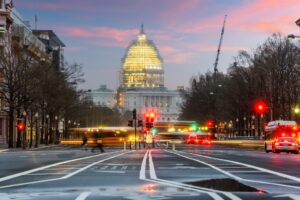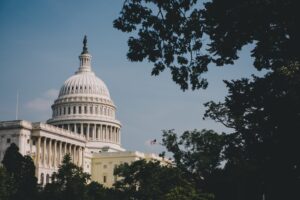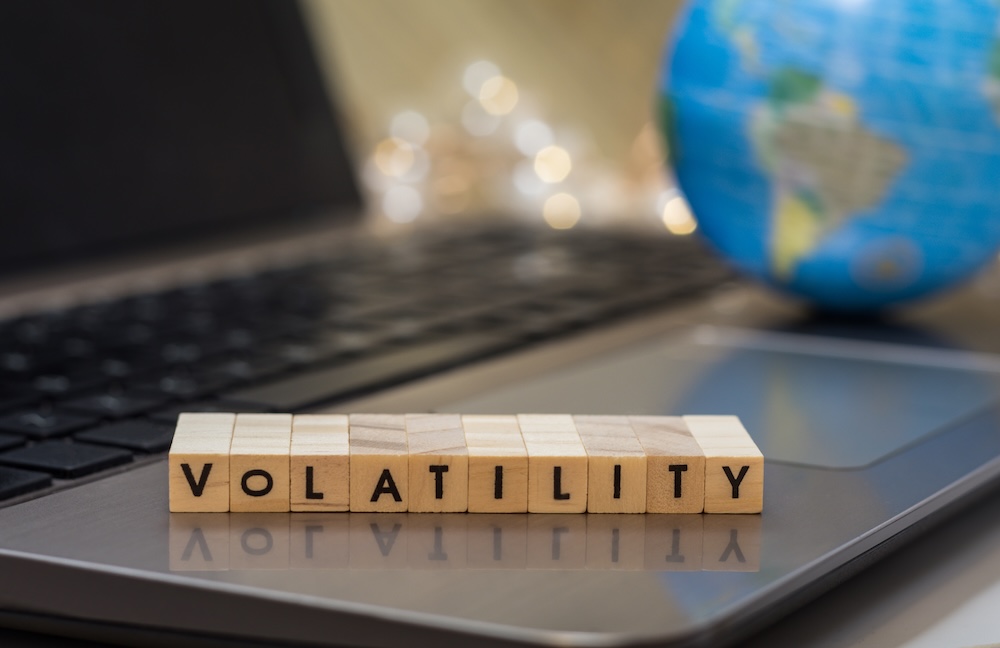As gold hits record highs and markets reel from political interference, we examine how Trump’s attacks on the Federal Reserve and aggressive tariff strategy are shaking global confidence — and what it could mean for everyday Americans.
A Moment of Financial Uncertainty
The financial world is trembling, not because of a black swan event or natural disaster, but due to mounting pressure from within the United States government. President Donald Trump’s recent attacks on Federal Reserve Chair Jerome Powell and his continued pursuit of isolationist trade policies have triggered a sharp decline in market confidence. The S&P 500 has already plunged 14% since his inauguration, gold is soaring past $3,500 an ounce, and Bitcoin is hovering above $88,000.
This isn’t a market correction. It’s a confidence crisis.
The Trump–Fed Conflict: Why It Matters
The U.S. Federal Reserve exists to provide financial stability, maintain low inflation, and support employment through independent monetary policy. Historically, presidents have respected this independence. Trump has not.
Labeling Powell a “major loser” and threatening to remove him, Trump has undermined one of the most trusted financial institutions in the world. The mere suggestion of removing a Fed Chair before term completion is enough to unnerve investors and destabilize markets.
Why? Because central bank independence is a cornerstone of financial predictability. Undermining it raises fears of erratic rate decisions, political manipulation of interest rates, and long-term damage to institutional trust.
Tariffs, Trade Wars, and the Shrinking Global Economy
The IMF has slashed its global growth forecast from 3.3% to 2.8% in response to Trump’s trade policies. Tariffs, intended to punish foreign competitors, have had blowback effects. U.S. manufacturers face higher input costs. Small businesses and consumers bear the brunt of rising prices. International partners retaliate with their own tariffs, slowing trade worldwide.
Instead of revitalizing American industry, Trump’s tariff strategy is isolating the U.S. from global growth and pushing inflation upward at home.
The Market Speaks: What Investors Are Telling Us
Market signals don’t lie:
- Gold reaching $3,500 is a historic hedge against instability.
- Bitcoin rising above $88K reflects a loss of faith in the dollar.
- The S&P 500’s 14% drop under Trump represents the worst stock market start to a presidency in a century.
These indicators suggest that institutional investors are no longer confident in U.S. economic stewardship. They’re pulling out of traditional investments and bracing for further uncertainty.
Short-Term Forecast: What’s Coming This Year
Over the next three to six months, Americans should prepare for:
- Increased volatility in stock and bond markets
- Rising consumer inflation, especially in energy, food, and housing
- A weakening U.S. dollar, which raises the cost of imports
- Corporate caution, with slowed hiring and reduced capital investment
Stagflation — the toxic mix of high inflation and stagnant growth — is no longer unthinkable.
Medium to Long-Term: What’s at Stake
If confidence continues to erode:
- Institutional credibility suffers, weakening the U.S.’s role in global finance
- Interest rates may spiral, as investors demand higher premiums for risk
- Economic inequality widens, as low-income households struggle with rising costs
Alternatively, a political shift or course correction could restore trust quickly. Markets respond positively to stability and predictability — even a hint of renewed fiscal responsibility or international cooperation could trigger recovery.
What It Means for Real People
While markets make headlines, the fallout hits families first:
- Food and energy costs surge
- Housing becomes less affordable due to interest rate uncertainty
- Jobs become less secure as businesses brace for a downturn
- Debt becomes more expensive with tightening credit conditions
The people most affected? Middle- and lower-income Americans, who already operate on thin margins.
Rebuilding Confidence Before It’s Too Late
The U.S. economy doesn’t run on politics; it runs on trust. Trust in our institutions. Trust in policy consistency. Trust that today’s actions won’t destroy tomorrow’s opportunities.
If leaders continue using the Fed and trade as political weapons, confidence will keep crumbling — and so will the economy.
It’s not too late to turn this around. But it starts with restoring independence, reinforcing global partnerships, and reestablishing a clear, stable path forward.
Because in a confidence crisis, the most valuable currency isn’t gold or crypto. It’s trust.







